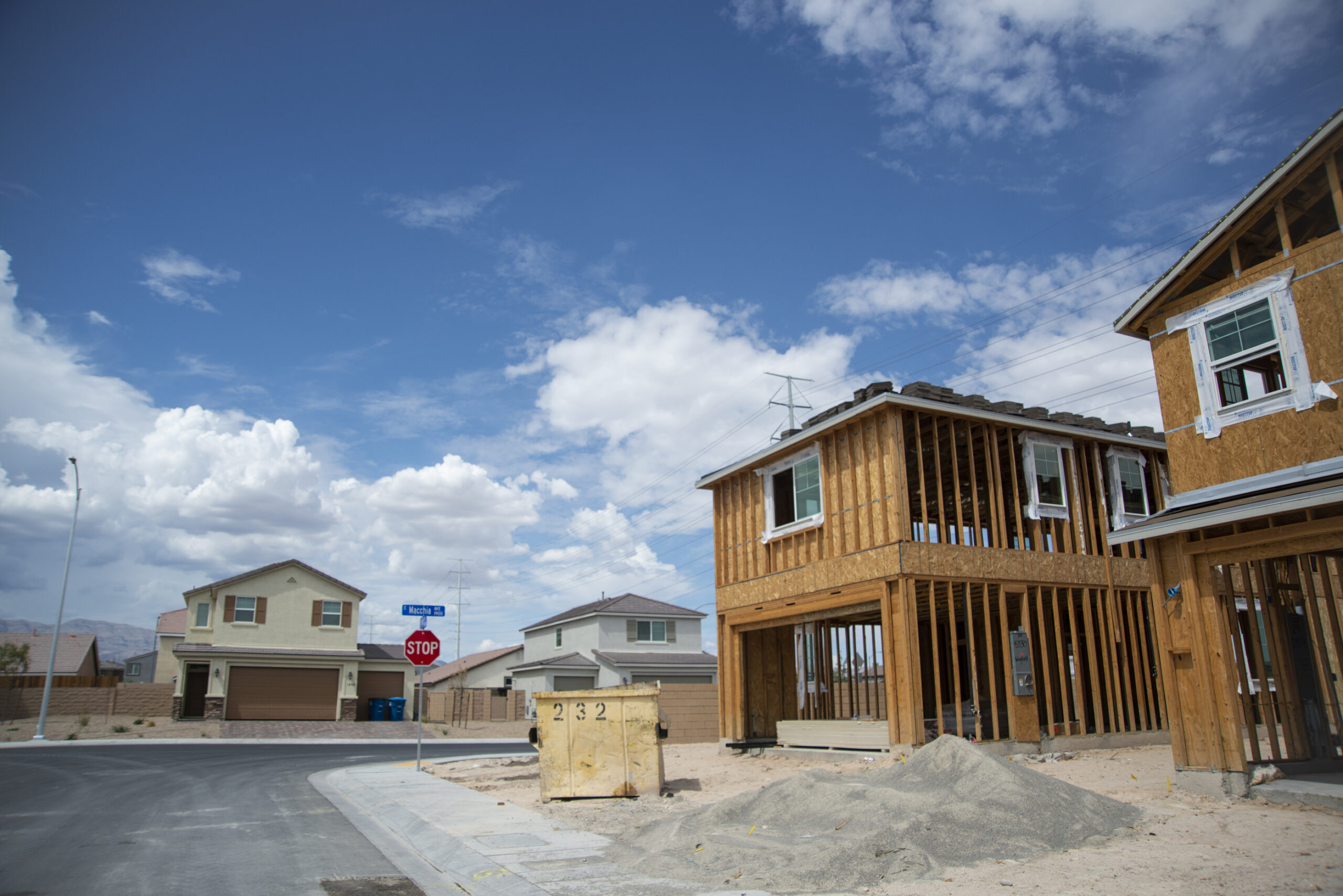A solution for attainable housing—or housing within reach of people earning an area’s median income—has eluded our industry for the past several years. There are multiple causes—the cost of land, city requirements on zoning and home site footage, and NIMBYism (Not In My Back Yard)—but often it simply comes down to making a project pencil out … which is increasingly challenging and often not achievable.

In a recent meeting, a client questioned why so many industries can find ways to create more affordable solutions but the housing industry can’t. Most people can’t afford a Tesla, but there are attainable alternatives such as the Nissan Leaf or the Hyundai Kona. The new iPhone costs nearly $800, but a good quality smartphone is accessible for around $200. Why not housing? We don’t have the answer yet, but I believe it starts by rethinking the starter home.
The concept of the starter home originated in the United States after World War II, when young families wanted to buy a home as part of the American Dream. These homes differed in form over the years, from mill workers’ cottages, shotgun homes, bungalows, and split levels, and some buyers decided on brick rowhouses or duplexes for their first home. As the starter home of old—likely detached, reasonably sized, and probably with a small yard—has become unattainable for most first-time homebuyers, new housing types have emerged to bridge the gap. Build-to-rent, modern multigenerational living, and density with dignity are three opportunities to deliver attainable starter homes today, even if they don’t exactly fit the old Mold. Three rapidly emerging design and development trends are helping to make housing more attainable without sacrificing style or convenience.
BUILD TO RENT (BTR)
More people are choosing single-family build-to-rent homes—including attached—as an alternative to purchasing a home, simply because the down payment on a for-sale “starter” home is too big a financial hurdle to overcome. Life circumstances also play a role. Consumer research we conducted in 2021 among 1,242 homeowners with a net worth of $100,000-plus (excluding those who never plan to move) shows that one in four respondents would prefer to rent if it allowed them to live in a home that met their exact needs. Today’s BTR homes are durable, well-appointed, and easier to get into than their for-sale counterparts, which is a big reason why the following projects have performed so well.
MULTIGENERATIONAL LIVING
Communal living is expected to rise, both in the form of co-living and multigenerational living. Nearly one-third of Americans aged 18 to 25 live at home with parents or other relatives, and the number of skipped-generation households where grandparents and their adult grandchildren cohabitate (coined “grand-mates” by The New York Times) is increasing. The housing industry needs to think beyond the classic multigenerational suite with private entry and separate living area and get creative, as the following projects prove.
DENSITY WITH DIGNITY
One of the ways builders have been trying to create more attainable homes is to go smaller and denser. While this solution runs into its own issues with municipal zoning and density requirements, some builders have found clever solutions to create small homes that live large and provide attractive amenities that quickly sell out.
BUILDING TO SUIT CURRENT NEEDS AND BUDGETS
While these three trends don’t solve our industry’s attainability issue, they can help us consider alternatives and explore homes that we can build to better suit consumer needs.
We are here to answer any questions you might have – just email robin@smithteamlasvegas.com
Thanks and make it a terrific day.

